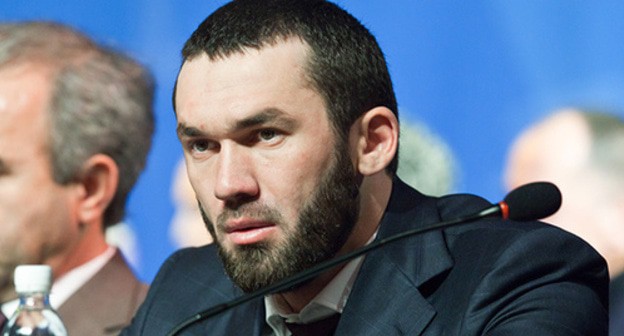In 2011, in Chechnya, 201 persons fell victim to armed conflict
In 2011, at least 201 people fell victim to the armed conflict in Chechnya: at least 95 persons were killed and 106 more persons were wounded. The death toll lists 62 persons, which, according to the official data, were considered to be militants, 21 power agents and 12 civilians. These are the results of calculations made by the "Caucasian Knot" based on data from its own correspondents and information from open sources.
Explosions and terror acts
In 2011, Chechnya registered 26 explosions, including 5 suicide bombings, which killed 27 persons, including 11 power agents, 9 civilians and 7 suspected militants. At least 50 persons were wounded: 43 power agents and 7 civilians.
Let us remind you that in 2011 the most large-scale terror act in the republic was committed in Grozny late in the evening on August 30, when three suicide bombings were carried out. As a result, apart from the suicide bombers, 9 persons were lost and at least 21 persons more were wounded.
Let us note here that in 2010 Chechnya, according to calculations of the "Caucasian Knot", saw 37 explosions, including suicide bombings.
Losses among power agents and underground fighters
In 2011, at least 62 persons, which were announced by the authorities as members of the armed underground, were killed in the republic. At least 159 suspected militants and their helpers were detained.
In 2010, Chechnya reported about 80 killed members of illegal armed formations (IAFs); and 166 more persons, involved, according to official data, in the armed underground, were detained.
In 2011, the number of law enforcers, killed in the course of shelling, bombings and armed clashes made at least 21 persons; other 97 power agents were wounded.
In 2010, Chechnya lost 44 law enforcers, and 93 more were wounded.
Civilian casualties
The armed conflict in Chechnya is invariably affecting the civilian population. In 2011, at least 12 civilians were killed, and at least 9 others were wounded. In 2010, these figures amounted to three casualties, while the number of wounded ones was not published by open sources.
This same trend can be seen in the statistics of kidnappings and disappearances in Chechnya. In 2011, the republic registered at least 20 such incidents against six in 2010.
Armed conflict kills more and more civilians
In 2011, as compared with the previous year, Chechnya saw a fourfold increase in civilian deaths and a significant growth of the count of wounds civilians. The count of kidnappings, the details of which were made public, went up significantly - from 6 to 20.
A more than twofold decrease in the death toll among power agents and the reduced by nearly one-third number of liquidated alleged members of the underground should be also noted here.




![Tumso Abdurakhmanov. Screenshot from video posted by Abu-Saddam Shishani [LIVE] http://www.youtube.com/watch?v=mIR3s7AB0Uw Tumso Abdurakhmanov. Screenshot from video posted by Abu-Saddam Shishani [LIVE] http://www.youtube.com/watch?v=mIR3s7AB0Uw](/system/uploads/article_image/image/0001/18460/main_image_Tumso.jpg)